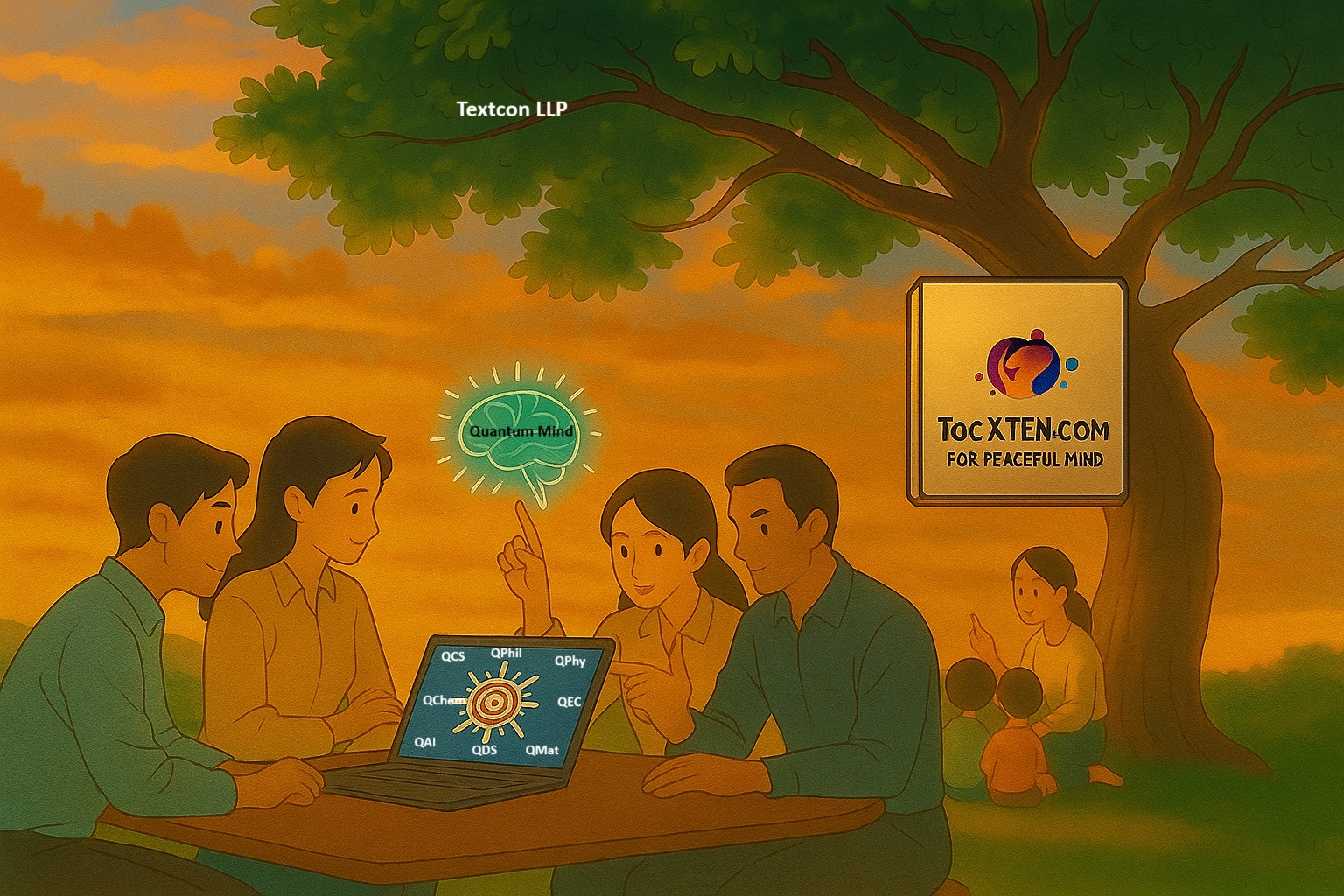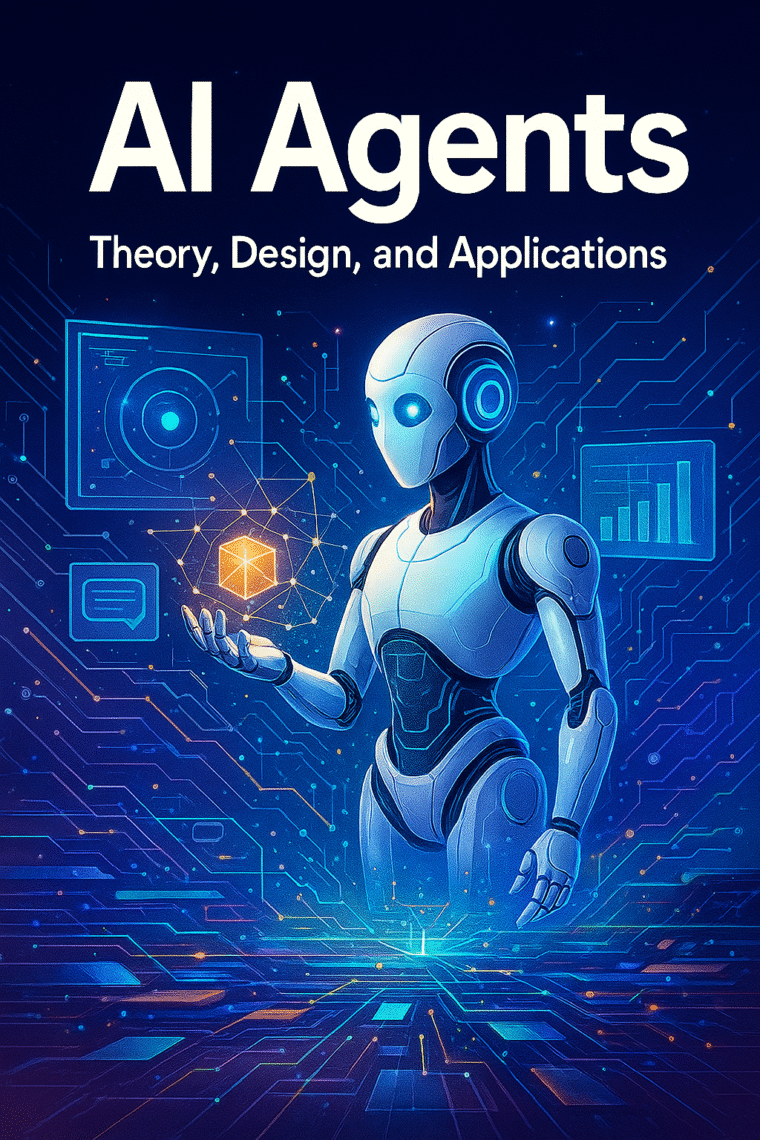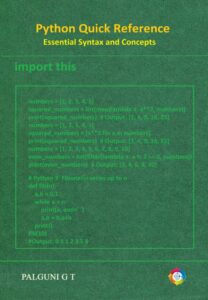Part I: Foundations of Artificial Intelligence and Agents
- Introduction to Artificial Intelligence
- Understanding Intelligent Agents
- PEAS Framework and Agent Environments
- Rationality and Autonomy in AI Agents
- Types of AI Agents
Part II: Theory and Mathematical Modeling
- Mathematical Model of AI Agents
- Logic and Knowledge Representation in Agents
- Reasoning and Inference Mechanisms
- Learning in AI Agents and Adaptive System
- Uncertainty and Probabilistic Models
Part III: Agent Architectures and Design
- Architectures for Intelligent Agents
- Design Methodology for AI Agents
- Planning and Decision-Making in Agents
- Communication and Interaction Among Agents
- Multi-Agent Systems (MAS)
Part IV: Perception, Planning, and Action
- Perception and Sensing Mechanisms
- Planning and Decision-Making in Agents
- Actuation and Execution Control
- Uncertainty and Probabilistic Reasoning
Part V: Specialized and Emerging AI Agents
- Goal-Based and Utility-Based Agents
- Learning and Adaptive Agents
- Conversational and Language-Based Agents
- Cognitive and Emotional Agents
- Autonomous and Robotic Agents
Part VI: Applications of AI Agents
- AI Agents in Real-World Applications
- AI Agents in Multi-Modal Environments
- AI Agents in Industry and Business
- AI Agents in Education and Research
- AI Agents in Healthcare and Medicine
- AI Agents in Smart Environments
- AI Agents in Games and Simulation
Part VII: Ethics, Future Trends, and Quantum Integration
- Ethics, Trust, and Explainability in AI Agents
- Ethics and Responsible AI Agents
- Security and Privacy in AI Agents
- AI Agents in Edge, Cloud, and Metaverse Environments
- Quantum AI Agents: A New Paradigm
- Research Challenges and Future Directions
Part VI: Practical Implementation and Case Studies
- Designing AI Agents: Frameworks and Tools
- Implementing Intelligent Agents in Practice
- Case Studies on Real-Time AI Agents
- Challenges, Research Issues, and Future Directions
Appendices
- Glossary of Key Terms and Acronyms
- Pseudocode and Algorithms for Agent Models
- Tools, Frameworks, and Simulation Environments
- Case Studies and Research References



